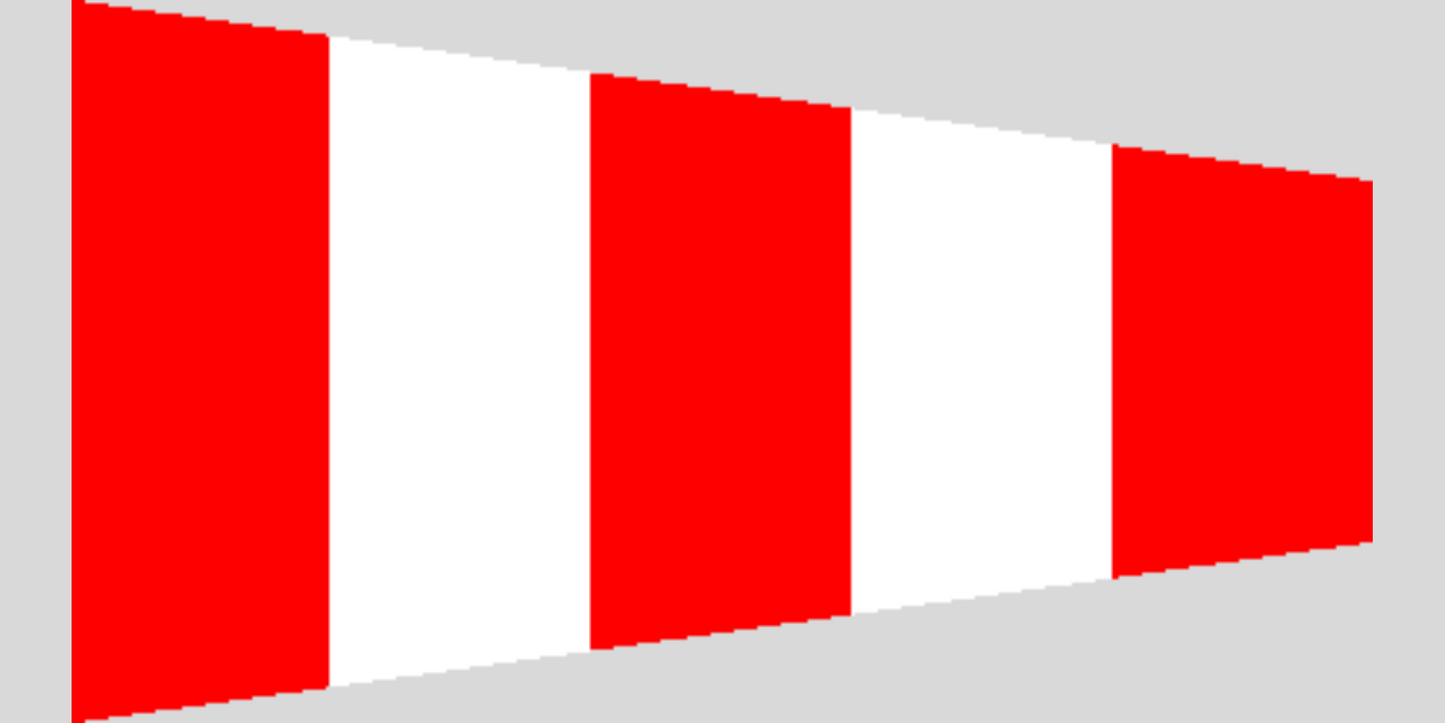harrywestflags
Answering Pennant
Answering Pennant
Couldn't load pickup availability
The red and white pennant indicates that ‘‘the flag that follows is from the International Code of Signals’’, as well as ‘‘Message is understood’’ and is also used as a numeric decimal point.
For centuries, admirals have used flags as signals to communicate a single message to other members of a fleet. As tactics began to require more and more signals, a more complex code of signals was needed. In 1738, a French naval officer named Mahé de la Bourdonnais purportedly devised the first numerical flag code, assigning a different flag to each number, 0 through 9. With three sets of flags, a ship could make 1,000 different combinations of three-flag signals. Then, in 1790, the British Royal Navy introduced the use of substitute or repeater pennants so that only one set of flags was needed, and the first alphabetic flag signal system in 1800. Also during this period, the United States Navy was working to develop its own marine signaling system, focusing largely on numeric signal flags hoisted inverted or in specific combinations. It wasn’t until 1857 that the British Board of Trade developed a code that had not only the previous numeric flags but also flags for alphabetic letters as well, although only 18 of them. The number of signals that could be constructed jumped to more than 20,000 in three-flag combinations, and in 1870 this system was renamed the International Code of Signals. The ICS is currently maintained by the International Maritime Organization, which published a new print edition in 2005. Today, Navy signal flags are used when communicating among allied forces, while the ICS is used with all other vessels. The code/answer pennant precedes all signals using the ICS. Navy signalmen transmit messages while maintaining radio silence by hoisting a flag or series of flags on a halyard.
Share






